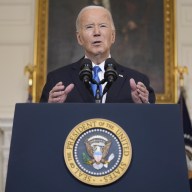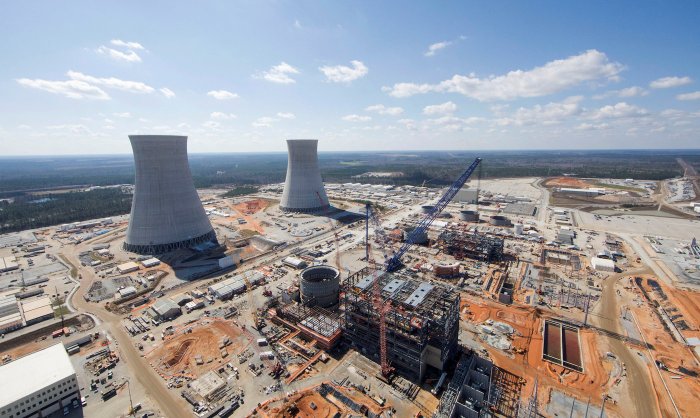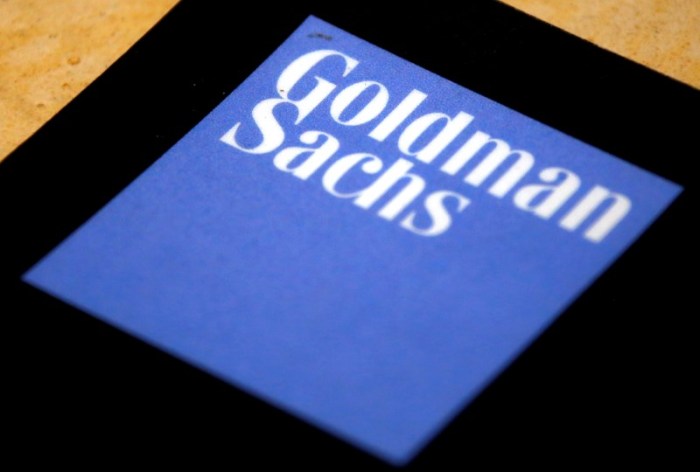By Lucia Mutikani
WASHINGTON (Reuters) – U.S. manufacturing output unexpectedly fell in May as motor vehicles and parts production recorded its biggest drop in nearly 2-1/2 years, suggesting sustained weakness in the sector even as the overall economy appears to be gaining momentum. Other data on Wednesday showed underlying producer prices were subdued last month amid weakness in costs for health services, indicating inflation could remain tame for a while.
Against the back drop of weak manufacturing, benign inflation and a recent sharp slowdown in employment gains, the Federal Reserve on Wednesday left interest rates unchanged. The U.S. central bank, however, signaled it still planned two rate hikes this year. “The disappointing manufacturing output points to continued sluggishness in this segment of the economy and will likely remain a source of concern at the Fed,” said Millan Mulraine, deputy chief economist at TD Securities in New York. Manufacturing output fell 0.4 percent last month after increasing by a downwardly revised 0.2 percent in April, the Fed said. Economists polled by Reuters had forecast manufacturing production unchanged in May after a previously reported 0.3 percent increase in April. The drop in production pushed manufacturing capacity utilization, a measure of how fully firms are using their resources, to a more than two-year low.
Motor vehicle and parts production slumped 4.2 percent last month, the largest fall since January 2014. But economists said the drop was likely temporary, citing strong auto sales and well-managed motor vehicle inventories. There were also declines in the output of machinery and wood products. Manufacturing, which accounts for 12 percent of the U.S. economy, is struggling with the lingering effects of a strong dollar and sluggish overseas demand. Factories also have been hurt by deep spending cuts on capital projects in the energy sector in response to lower oil prices, as well as efforts by businesses to reduce an inventory overhang.
The manufacturing weakness contrasted sharply with recent fairly strong retail sales and housing data that suggested the economy had regained speed after growth slowed to a 0.8 percent annualized rate in the first quarter. Although production at mines rose 0.2 percent in May after eight straight monthly declines, oil and well gas drilling tumbled 7.9 percent.
GLIMMERS OF HOPE
There are signs, however, that the worst for the manufacturing sector is over. In a separate report, the New York Fed said its Empire State business conditions index increased 15 points to 6.0 in June as new orders and shipments also swung into positive territory. “The tone of the Empire State survey suggests that we are moving past the recent weakness in the manufacturing sector,” said Daniel Silver, economist at JPMorgan in New York.
Prices for U.S. Treasuries rose on the Fed interest rate decision, while the dollar <.DXY> fell against a basket of currencies. Stocks on Wall Street traded higher.
The U.S. central bank raised its benchmark overnight interest rate in December for the first time in nearly a decade.
In a third report, the Labor Department said its producer price index for final demand increased 0.4 percent last month as energy costs surged after rising 0.2 percent in April.
In the 12 months through May, the PPI slipped 0.1 percent after being unchanged in April.
A 2.8 percent jump in energy prices accounted for two-thirds of the 0.7 percent rise in the cost of goods in May.
While overall prices for services rose 0.2 percent, healthcare costs slipped 0.1 percent. The cost of doctor visits fell 0.3 percent and home healthcare services dropped 0.9 percent. Economists believe that could translate into soft healthcare costs in the Fed’s preferred inflation measure. As a result of the weak healthcare costs, the so-called core PPI, which excludes food, energy and trade services, dipped 0.1 percent in May after rising 0.3 percent in April.
The core PPI was up 0.8 percent in the 12 months through May after increasing 0.9 percent in the 12 months through April.
“The underlying move in producer prices … points to risks of a more moderate upward path in inflation than expected,” said Blerina Uruci, an economist at Barclays in New York.
(Reporting by Lucia Mutikani; Editing by Paul Simao and Meredith Mazzilli)
Slumping autos weigh on U.S. manufacturing output; inflation tame

By Lucia Mutikani


















